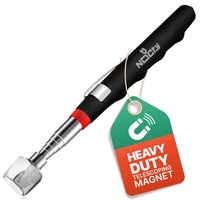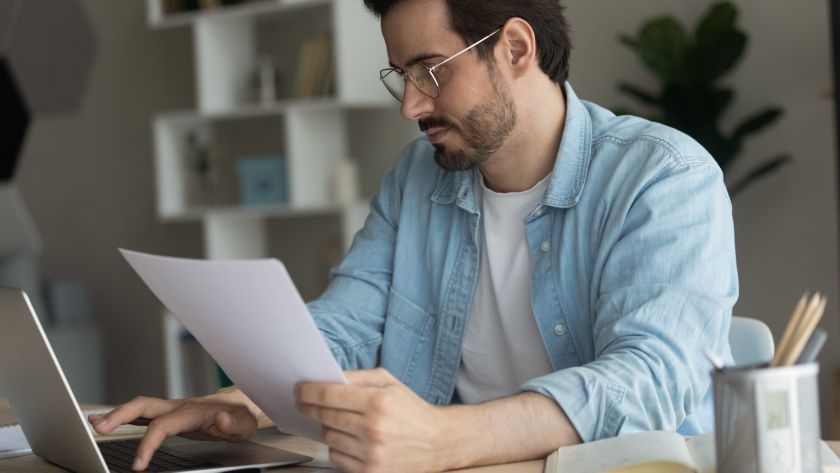Should you use 'convertor discs' on induction cooktops? We asked the experts
They could be damaging your cooktop

Induction cooktops are energy efficient, fast to heat up, easy to clean, and probably the safest cooktops you can buy. However, if you're switching from an electric range or gas range, there’s one catch to be aware of. Due to the way these cooktops conduct heat, they only work with compatible cookware. Which means when you upgrade to induction, some of your old cookware may become redundant.
Converter discs, also known as induction adaptor plates, offer a potential solution to the problem and have become readily available online. These metal plates can be placed on an induction cooktop to allow you to use cookware that would not otherwise be compatible with it.
They’re often made from stainless steel, so they’re durable and robust. And in theory, these relatively inexpensive converters make a lot of sense, particularly if you’ve recently invested in an induction cooktop, but you want to use some of your old, non-compatible cookware.
The question is, should you really be using convertors, or is it best to ditch your older cookware and upgrade? I asked some of the biggest induction cooktop manufacturers for their advice and recommendations.
Firstly, how do induction cooktops work?

Most electric cooktops simply create a hot surface and when you place your cookware on top, the heat is conducted through to your food. Induction cooktops are different though.
Put in very simple terms, an induction cooktop creates an electromagnetic field to heat up your cookware directly. So it’s the pot, not the cooktop that gets heated. Although it’s worth saying that the cooktop does eventually become hot because of the heat that’s transferred to it from the hot cookware.
Do converter discs impact the benefits of using an induction cooktop?
It’s all well and good being able to use your favorite old saucepan that grandma handed down to you. But putting sentimentality to one side, it simply might not make sense.
Sign up to get the BEST of Tom's Guide direct to your inbox.
Get instant access to breaking news, the hottest reviews, great deals and helpful tips.
Firstly, induction cooktops are famed for their fast heat up times and precise temperature control. And it stands to reason that putting an extra layer of stainless steel between the cooktop and your pot could slow down the heat up time, as well as reduce the control you would otherwise have.

Secondly, one of the brilliant safety features of an induction cooktop is that even when switched on, it won’t start heating until the cookware is in position. However, a converter disc could negate this excellent safety feature.
If your induction cooktop starts heating up a metal convertor disc without a pot on top, you could end up with scalding hot metal discs on your cooktop. This is a massive safety concern, especially if you have little ones around.
There’s also a concern around whether these discs could ultimately scratch the surface of the cooktop, which is also why people ask if you can use cast iron on induction cooktops. If, for example, they warp and cause your cookware to not sit flat on the cooktop, this could damage your cooktop and cookware at once. And if you don't know how to clean your induction cooktop properly, this could cause further damage.
3 reasons not to use converter discs, according to experts

While I’d love to put a positive spin on it, the experts unanimously told me that they don’t recommend the use of convertor discs - here’s why.
1. Converter discs could impact performance
BSH Home Appliances is the parent company behind brands such as Bosch, Neff, and Siemens. Sangharsha Karki, their Product Manager of Surface Cooking, told me that “induction cooktops are designed with specific performance standards in mind, and untested accessories such as converter discs could interfere with these standards.”
So essentially, that expensive new cooktop that you bought based on the marketing blurb about its performance, probably won’t be able to live up to the hype if you don’t use it as intended. Which does stand to reason, when you think about it.
Further to general performance standards, induction cooktops are some of the most energy efficient cooktops you can buy. They don’t waste energy by heating up any area other than the cookware. However, unless you have multiple converter discs that are precisely the same size as your cookware, it’s likely that the cooktop will be using more energy if you choose to use a converter disc.
2. Converter discs could affect the electronics

We asked the folks at premium appliance manufacturer Miele what they think about the use of convertor discs and Miele’s Product Trainer, Tom Akers told us that they “do not recommend using convertor disks on induction cooktops” he explained that “from a technical perspective these can negatively affect the electronics.”
Induction cooktops rely on a magnetic field to heat up the cookware, which is much more sophisticated than how most electric cooktops function. And given that these cooktops are usually more expensive than others, it doesn’t seem sensible to use something that has the potential to impact the electronics.
3. Induction cooktops aren’t designed to be used with convertor discs
Sangharsha Karki from BSH Home Appliances went on to explain that “ultimately, while it may be tempting to use additional accessories for perceived benefits, following the manufacturer’s guidelines and using the cooktop as intended will provide the best performance and longevity for your induction cooktop.”
It’s hard to argue with the experts, induction cooktops are designed to be used with cookware and nothing else. Most of us want to invest in appliances that last well and offer top performance, so it seems the best way to ensure you get that, as well as to maintain the induction cooktop long term, is simply to use it with induction compatible cookware.
How to tell if your cookware is induction compatible
According to Lucy Dunstan, Product Manager at Smeg, “most cookware these days is made to be used on any cooking surface”. So if you’ve recently purchased cookware, the likelihood is that it’ll be compatible.
However, if you’re not sure, or if you have older cookware that doesn’t display any information about what type of cooktop it can be used on, it’s quite easy to check if it’ll work.
Lucy explained how; “you can test your cookware compatibility by seeing if a magnet will stick to the bottom, if it does then you can use it on an induction cooktop.”
NoCry Telescoping Magnetic Pickup Tool: $12.99 @ Amazon
If you're going to buy a magnet to test your cookware, it may as well serve a few different purposes. This extending tool can pick up dropped keys and other magnetic items from those hard-to-reach spaces, as well as test your pans.
Can I still use my non-compatible cookware?
I asked Tom Akers, Miele’s Product Trainer if there’s any way to get the most from non compatible cookware. He told me that Miele “only recommend using induction compatible pans with an induction cooktop; unfortunately there is no solution we can recommend to consumers wishing to use incompatible cookware on an induction cooktop other than to purchase compatible cookware."
Sadly, if you have cookware that's not compatible, it might be time to pass it on to someone else. Lucy Dunstan, Product Manager at SMEG agrees that “to get the best results you always need cookware that is compatible”.
So there you have it, unless the cookware in question can be used in your oven, or makes a nice decorative feature on a shelf, it might be time to donate it to a friend or charity group that can make use of it instead.
While it’s always a good idea to invest in the best quality cookware you can afford, induction compatible cookware needn’t be eye-wateringly expensive. And it is worth it to get the best and most energy efficient performance from your induction cooktop.
More from Tom's Guide
Helen started reviewing home and kitchen appliances in 2007 at the Good Housekeeping Institute and has never looked back. She’s now freelance and reviews all sorts of appliances from her home in a pretty village in the UK. Despite having reviewed hundreds of coffee machines in her time, she’s only recently developed a love for coffee and a daily coffee habit, which makes tasting all those coffees much more enjoyable!
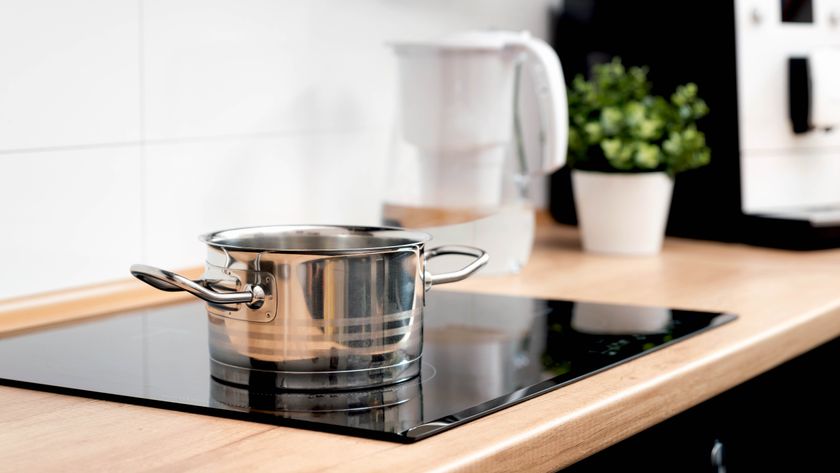

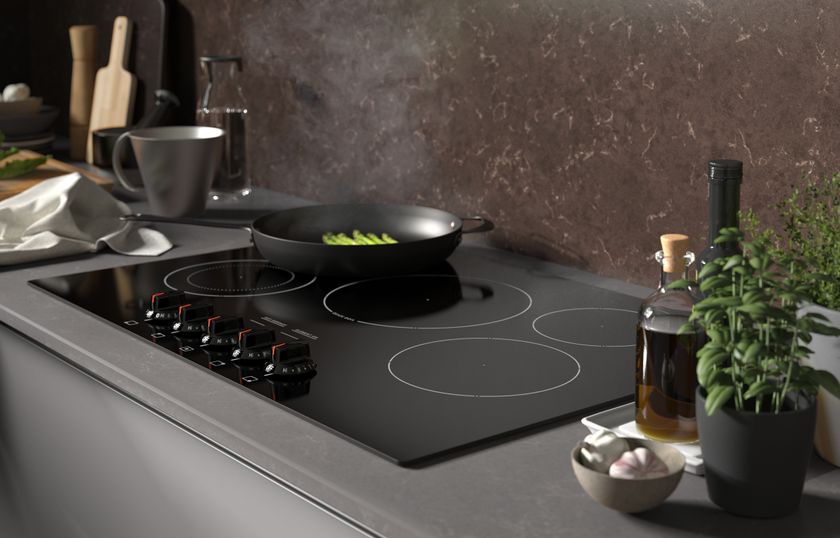


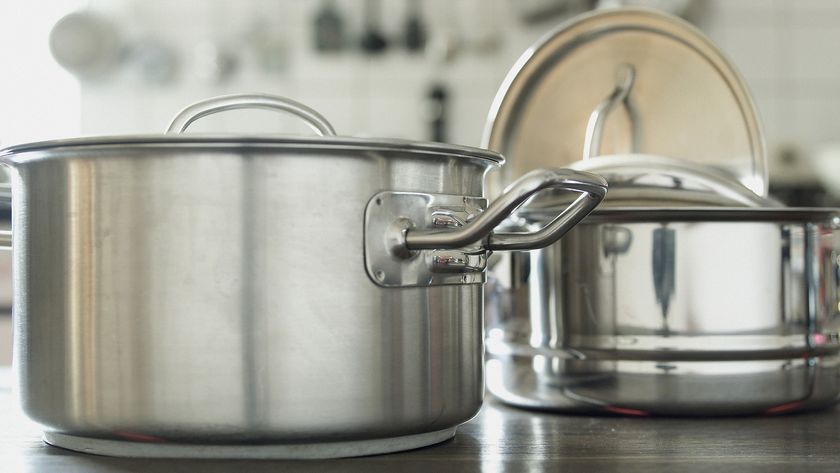



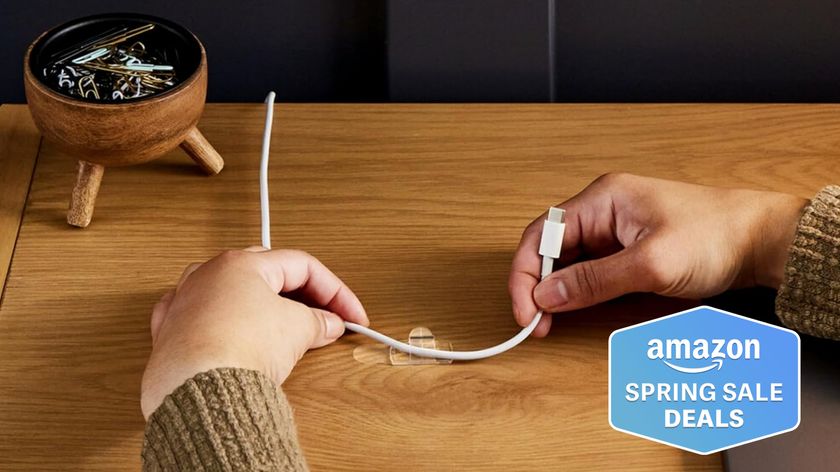

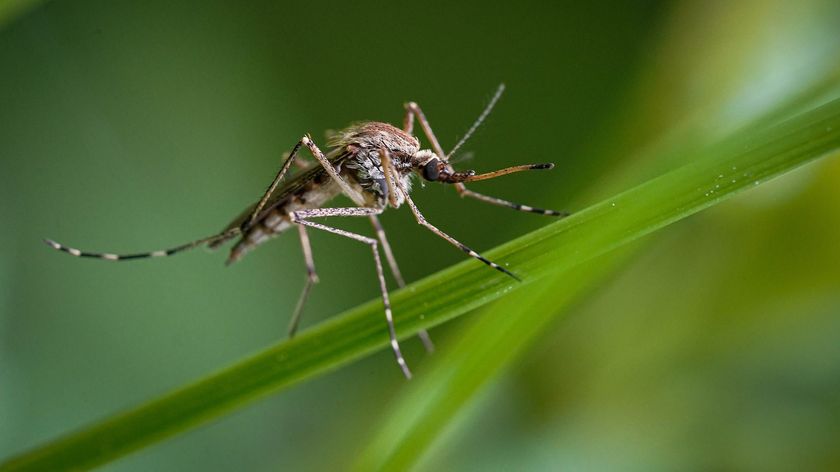






-
Fox Tread3 August 6, 2024 - I had never heard of Converter discs until I read this article. I'm surprised they never came up as part of an online search I've done for induction appliances. I've had an induction "portable" two burner appliance for over a year now, and I really like it. Before I got a number of induction compatible utensils. I did experiment using an old induction compatible frying pan and heated an aluminum pot on it. I didn't do it often and I pretty quickly got a few stainless steel pots and pans. Personally, I think convertor disks could be helpful to people that have a large number of expensive non-stainless steel utensils. However, I would follow the advice of the reporter that wrote the article, and not risk damaging an expensive induction range top stove. While my induction appliance wasn't terribly expensive. I wouldn't want to risk damaging that either.Reply
